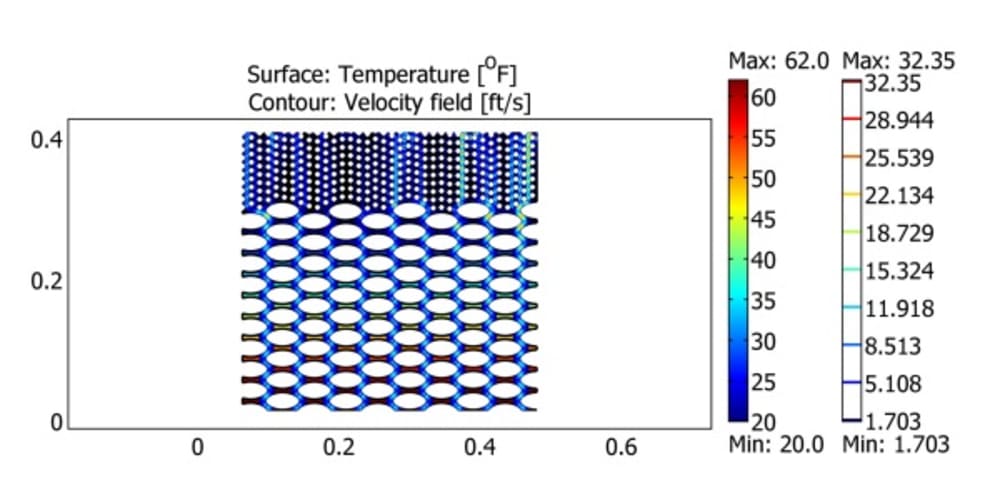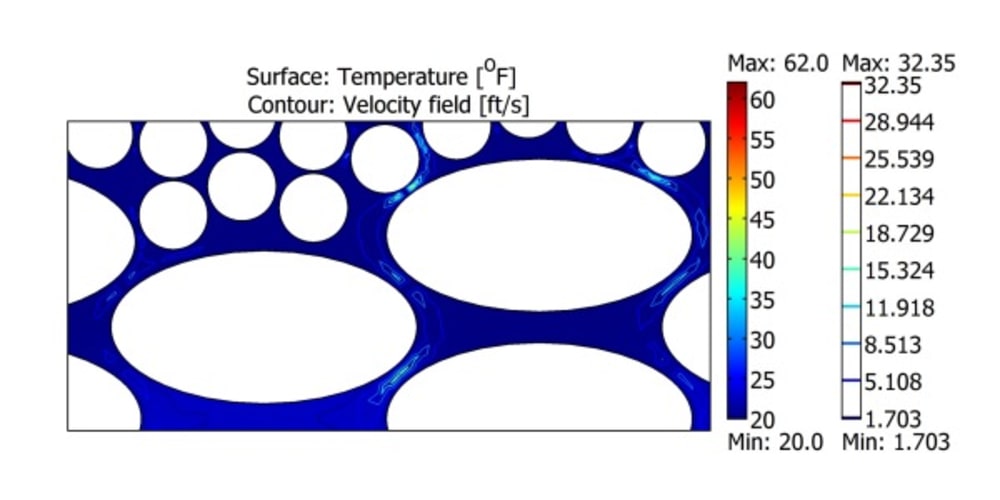Facts: Water comprises two-thirds of the human body. Water comprises three-fourths of the human brain. Clean water is essential for life on Earth. Stormwater runoff from streets and roads is the major uncontrolled source of water pollution in urban areas. The recognition of this source of water pollution is ever increasing.
The concept of using nature's own systems to control urban stormwater pollution is known as Low Impact Development (LID) or Sustainable Urban Drainage Systems (SUDS). Porous pavement is a LID or SUDS strategy to effectively manage the quality and quantity of urban stormwater.
Porous pavement allows pollutant laden street runoff to enter the earth below its surface and let biological processes, infiltration, and evaporation reduce stormwater runoff volume as well as convert toxic wastes to benign byproducts. For example, natural bacteria in the soil can reduce hydrocarbons to elemental hydrogen, oxygen, water, and carbon compounds.
The processes involved in the nature based pollution control of porous pavement are governed by the commonly known laws and principles of chemistry, physics and biology. These processes include thermodynamics and heat transfer, diffusion and mass transport, chemical reaction engineering and kinetics, and fluid dynamics to name just a few.
The future of porous pavement technology is dependent upon a broader understanding, by the civil engineering community, of its science and structure. Multiphysics simulation and modelling presents an excellent tool to not only study the potential of porous pavement in stormwater pollution control, but also demonstrate and convey to engineering practitioners the detailed science of this construction material.
COMSOL Multiphysics presents a platform for analysis and results communication that can contribute significantly to the wide spread acceptance of this new approach to stormwater pollution treatment. As one example, the evaporation process in porous pavement can be simulated to the extent that the mass flux of water vapor flow through the pavement media can be easily visualized by velocity contours.
This level of detailed analysis is the "tip of the iceberg" of how the sub-macroscopic scale of this civil engineering technology can be understood at the practitioner level. Application of multiphysics simulation analyses to a broad number of commonly accepted civil engineering processes will undoubtedly result in improved effectiveness and sustainability of commonly accepted materials and practices.
Like this entry?
-
About the Entrant
- Name:Larry Matel
- Type of entry:individual
- Software used for this entry:COMSOL Multiphysics
- Patent status:none





